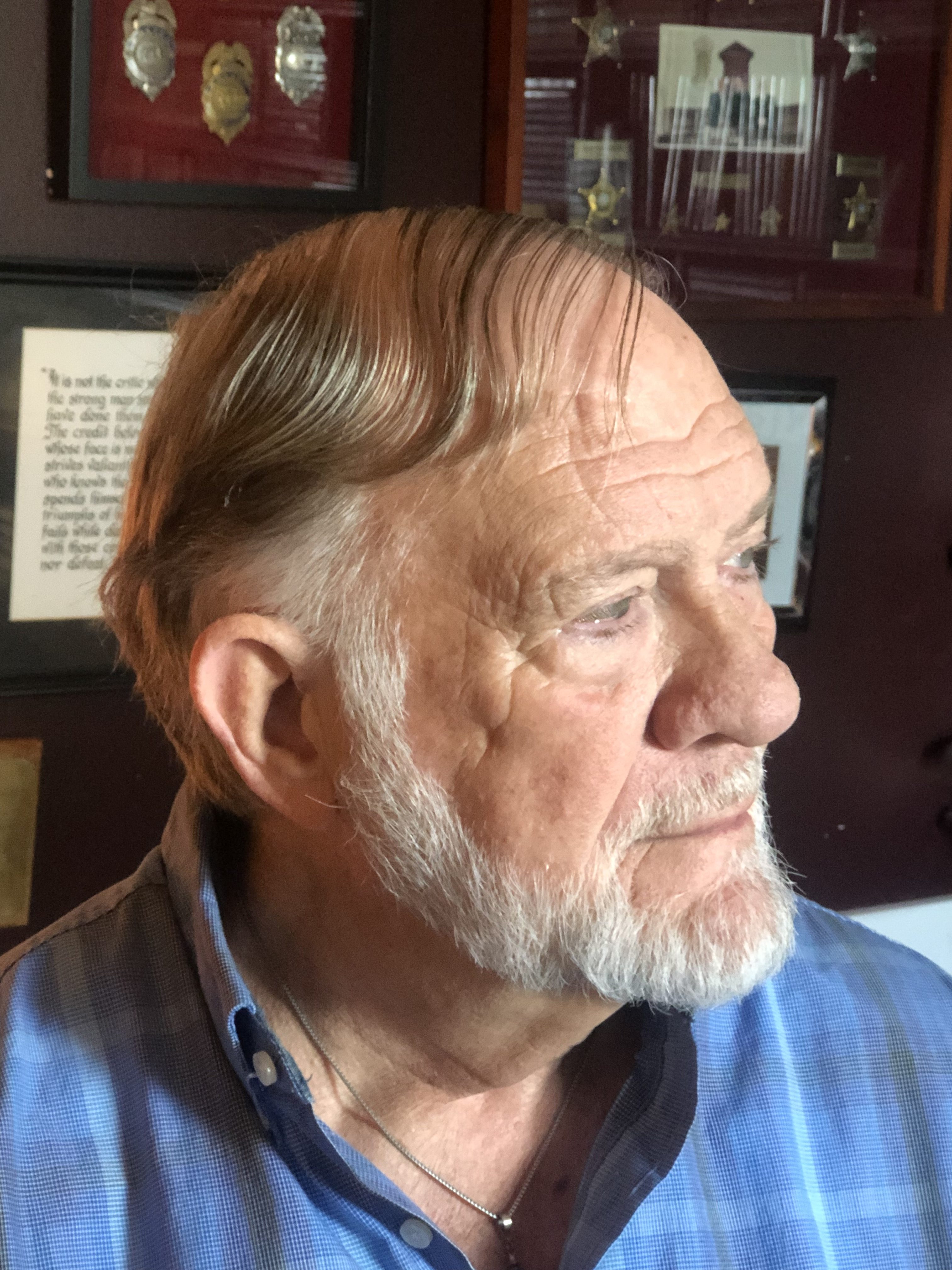Supreme Court and Executive Orders
Published 3:55 pm Saturday, April 9, 2022

- Noted writer and columnist Keith Throckmorton
|
Getting your Trinity Audio player ready...
|
As an American citizen, I am appalled at how presidents have abused their power by willfully issuing executive orders that they know are unlawful.
These illegal actions violate their oaths of office to defend the Constitution. They put themselves above the law in doing so.
These abuses by presidents are nothing new. Some presidents have been more notorious than others.
Presidents have no authority to create laws.
Executive orders are subject to review by the courts. A noteworthy example of the Supreme Court striking down a president's executive order occurred in 1952. This order involved an executive order issued by President Harry S. Truman against Youngstown Sheet and Tube Co.
The Court struck down Executive Order 10340, issued by President Truman, which ordered Secretary of Commerce Charles Sawyer to seize control of a majority of the nation’s steel mills in anticipation of a steelworker strike during the Korean War.
The Court ruled that President Truman lacked the constitutional or statutory power to seize private property.
After Truman’s presidency, the Supreme Court did not invalidate any executive orders for several decades. Later, the Court reviewed several Executive Orders issued by President Ronald Reagan. For example, in Dames & Moore v. Regan, the Court examined several executive orders issued by President Reagan, which reversed holds on Iranian assets and abolished claims against Iran from US courts following the resolution of the Iranian Hostage Crisis.
The Court took a respectful approach to their review and allowed President Reagan’s executive orders to stand. Judicial deference in cases concerning executive orders has primarily continued, although several executive orders have come under review in district courts.
President Barack Obama has lost more cases in the Supreme Court than any other president in modern times.
On July 30, 2014, the US House of Representatives approved a resolution that allowed Speaker John Boehner to sue President Barack Obama over an executive order the President issued, altering the timing requirements for implementing the Affordable Care Act (ACA). The order delayed the implementation of certain aspects of the ACA, notably a mandate on employers who did not provide health care coverage. The suit claimed that President Obama's executive powers did not authorize the changing of such a provision.
President Joe Biden signed 60 Executive Orders in his first 100 days in office. Twenty Four of Biden’s actions were reversals of President Trump’s policies. Many of these orders affect the everyday lives of American citizens. What were they about, were they legal, and what impact did they have on the lives of American citizens?
Were Biden’s Executive Orders in “We The People’s best interest”?
Biden’s executive orders included defunding the southern border wall’s construction and reversing the travel ban (targeting predominantly Muslim countries). Further, imposing a mask mandate on federal property, ramping up vaccination supplies, canceling the Keystone XL pipeline, terminating federal use of private prisons, and reversing the ban on transgender Americans joining the military.
To date, Joe Biden has issued more executive orders than any of the last three presidents. These orders are compared to what each past President had published in the Federal Register through April 30 of their first year in office.
These executive orders do not include clerical memos or corrections. These include designations and delegations, and in Article I Section 1 of the Constitution, it is clear that all legislative powers reside in Congress.
Therefore, the Executive Branch has the responsibility to execute the laws passed by Congress.
“We The People” must remember that an Executive Order is not legislation. It is an order issued by the President to enforce laws passed by Congress.
Keith Throckmorton, Fairfax County Police (Ret.), whose appear in newspapers near and far, can be reached at kandpthrock@gmail.com





